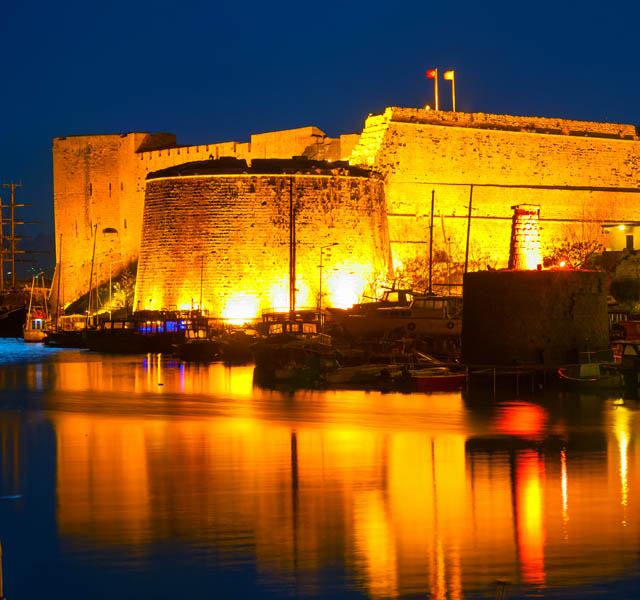Both the Loggerhead Turtle (Caretta caretta) and the Green Turtle (Chelonia mydas) lay eggs in nests round the Cyprus coast, specifically in the soft sand of Alagadi Beach, Golden Beach and The Akamas peninsula in the south.
The female or hen turtle will lay a clutch of between 70 - 150 eggs from late March to early June. She will nest in warm sand, the incubation period will depend on the temperature, with the hatching period between July and August.
The hatchlings emerging at night make their perilous way to the sea. The hours of darkness offer them the greatest protection from predators, but the infant mortality rate is extremely high.
The Loggerheads live on a diet of molluscs, squid, flying fish and jellyfish, their powerful jaws allowing them to crush clam, crab and mussel shells.
A mature Loggerhead can expect a life span in excess of thirty years. The female will return to lay her eggs on or near the beach where she was hatched. Now protected from hunting the Loggerhead is no longer killed for its shell, and they are classified as endangered.
The Green Turtle, is named for the colour of the fat beneath its skin and it is a herbivore, feeding in the shallows and lagoons upon the various sea grass species. Migrating long distances between feeding grounds, the egg laying and hatching procedure is common to all sea turtles and they have a life span of approximately 80 years.
Ultimately the greatest threat to the turtles is the destruction of their habitats. That is why the conservation areas such as there are on Cyprus are vital for the continuation of the species.









